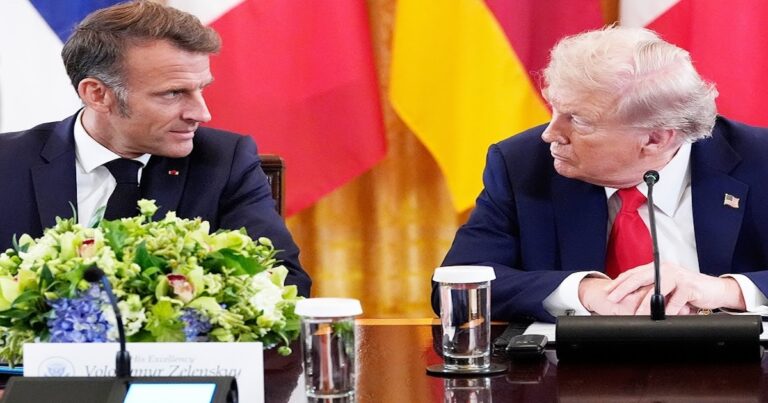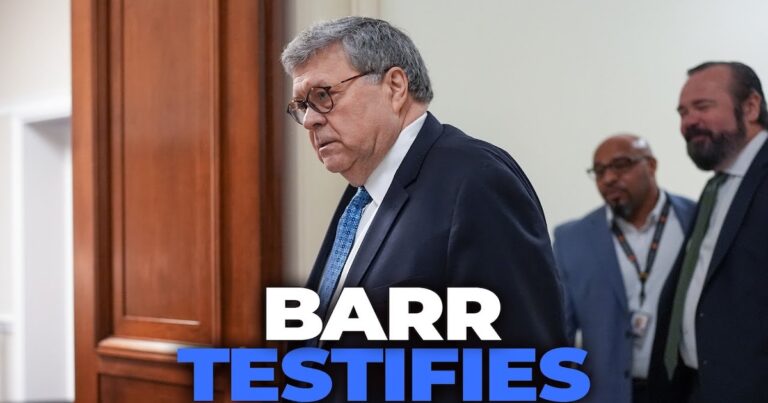California Governor Gavin Newsom may have thought he was swatting away a “C-list reality TV star.” Instead, he may have unleashed a firestorm.
It started when former The Hills star Spencer Pratt blasted Newsom over a bill that would have allowed low-income housing on burn-scarred land in the Pacific Palisades—where Pratt and his wife, Heidi Montag, lost their home, along with his parents’. Newsom’s taxpayer-funded press account shot back, insisting the governor had “nothing to do with the bill,” calling Pratt’s claim “absurd, offensive and flat-out false.” Then came the kicker: mocking “C-list reality TV stars” spreading “misinformation.”
That insult lit the fuse. Pratt has hammered Newsom and L.A. Mayor Karen Bass ever since, demanding answers about why wildfire victims face endless red tape while Sacramento dangles $101 million for “multifamily low-income housing development.” Pratt’s viral TikToks and Instagram posts accuse politicians of mismanaging FireAid funds, now under federal investigation.
View this post on Instagram
The fires destroyed more than 30 miles of neighborhoods, 700-plus homes in Malibu, and killed 31 people—yet Newsom seems more focused on social-media snark than solutions. Pratt even flew to Washington to meet with Trump administration officials, including Attorney General Pam Bondi.
Now Californians are egging him on to run for governor, even sending him campaign merch: “SPENCER FOR GOVERNOR—won’t let your town burn down.”

In a state where Hollywood glitz often trumps substance, it’s telling that a reality star may be doing more to spotlight government failure than the governor himself.









